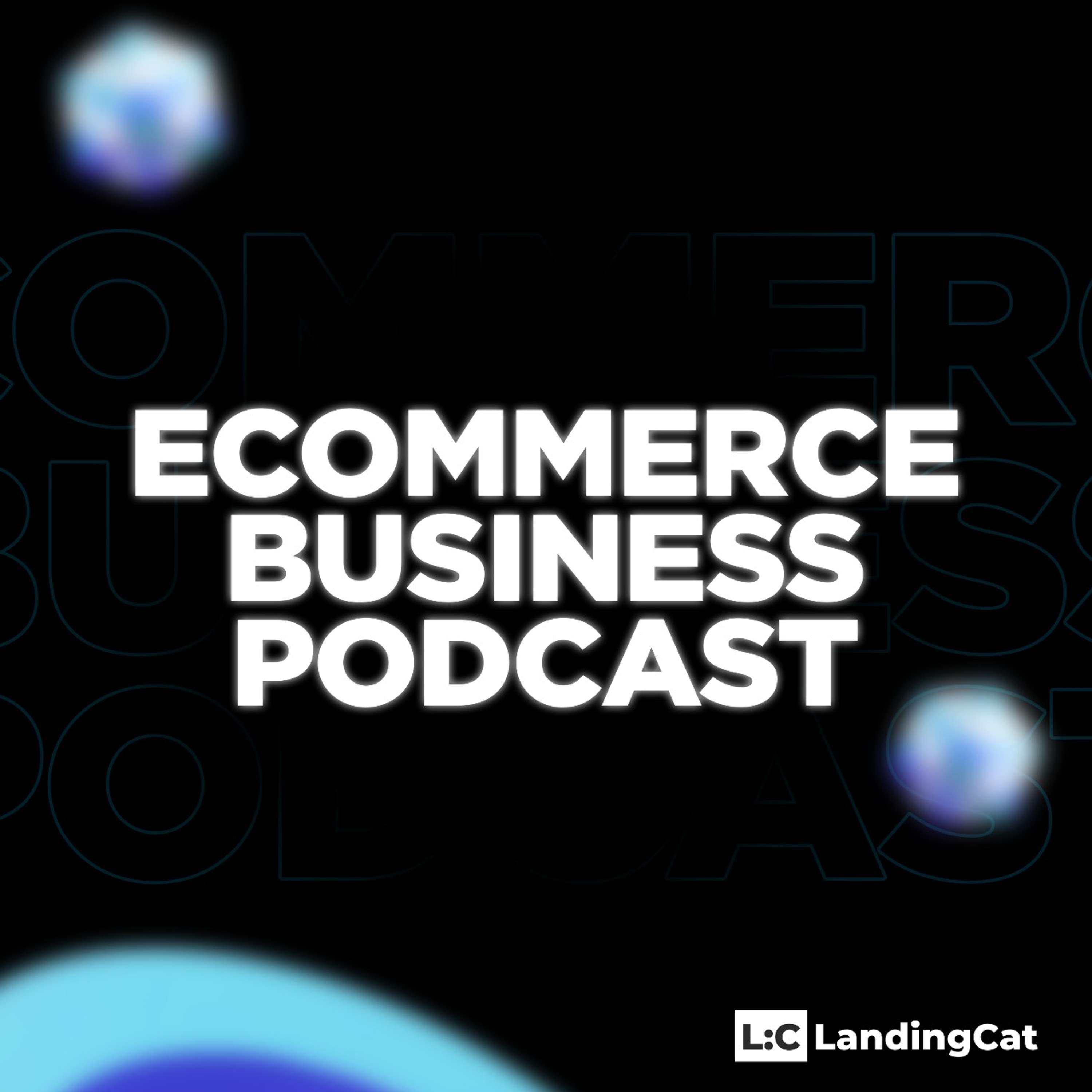Ecommerce Business Podcast

Ecommerce Business Podcast
Podcast Description
Ecommerce Business Podcast
Podcast Insights
Content Themes
Concentrates on advanced e-commerce tactics, Amazon marketing strategies, and site speed optimization with episodes that explore Amazon ranking algorithms, effective ad types, and the importance of page speed for conversion rates.

Ecommerce Business Podcast
The traditionally commoditized and low-compliance supplement sector often struggles with user adherence, yet Grüns rapidly garnered over 250,000 active subscribers and attracted $21.11 million in strategic funding by 2025. This market penetration was achieved by fundamentally redesigning the consumption experience, architecting a subscription-first business model, and executing a high-leverage social-first acquisition strategy.
Grüns entered the fragmented nutraceutical market by addressing core behavioral friction around supplement compliance, pivoting from ingredient efficacy to “consumption experience design” via palatability-driven gummy formulations. This low-friction wedge was scaled through a subscription-centric DTC model, validated by $21.11 million in strategic funding, and expanded via a synergistic omnichannel distribution architecture leveraging social proof and first-party data for efficient growth.
Here’s what made this nutraceutical playbook fundamentally different:
- Reframed product innovation from efficacy to experience: Tackled 92% nutrient deficiency not by new ingredients, but by overcoming consumption friction with a desirable, gummy form factor engineered for palatability and ease.
- Architected a subscription-first DTC model: Achieved robust unit economics with an estimated 79% gross margin and an incredibly efficient 2-3 month CAC payback period by incentivizing recurring revenue from inception.
- Engineered a social-first brand narrative: Repositioned supplements from “obligation” to “desire,” leveraging authentic user-generated content on platforms like TikTok for highly efficient, near-$0 organic customer acquisition.
- Deployed a tiered omnichannel distribution: Utilized owned DTC for high-margin subscriptions and first-party data capture, while strategically integrating e-marketplaces and physical retail for broad awareness and trial conversion.
- Systematically de-risked and scaled: Proactively addressed competitive risks like CAC inflation and product concentration by investing in organic channels, expanding into adjacent categories, and securing long-term supplier contracts.
Grüns’ success stems from a calculated integration of behavioral science with a robust operational framework, transforming a commoditized product category into a high-retention, experience-driven subscription offering. This synergy, underpinned by a formidable first-party data moat and a proactive risk mitigation strategy, built durable brand equity and a defensible market position in a highly competitive landscape.
Founders must scrutinize seemingly mature markets for deep-seated behavioral friction, recognizing that superior user experience can unlock disproportionate customer loyalty and market share. Build with predictable economics from day one, leveraging hybrid capital strategies and defensible data assets to maximize capital efficiency and fortify your enterprise against black-swan market shifts.

Disclaimer
This podcast’s information is provided for general reference and was obtained from publicly accessible sources. The Podcast Collaborative neither produces nor verifies the content, accuracy, or suitability of this podcast. Views and opinions belong solely to the podcast creators and guests.
For a complete disclaimer, please see our Full Disclaimer on the archive page. The Podcast Collaborative bears no responsibility for the podcast’s themes, language, or overall content. Listener discretion is advised. Read our Terms of Use and Privacy Policy for more details.